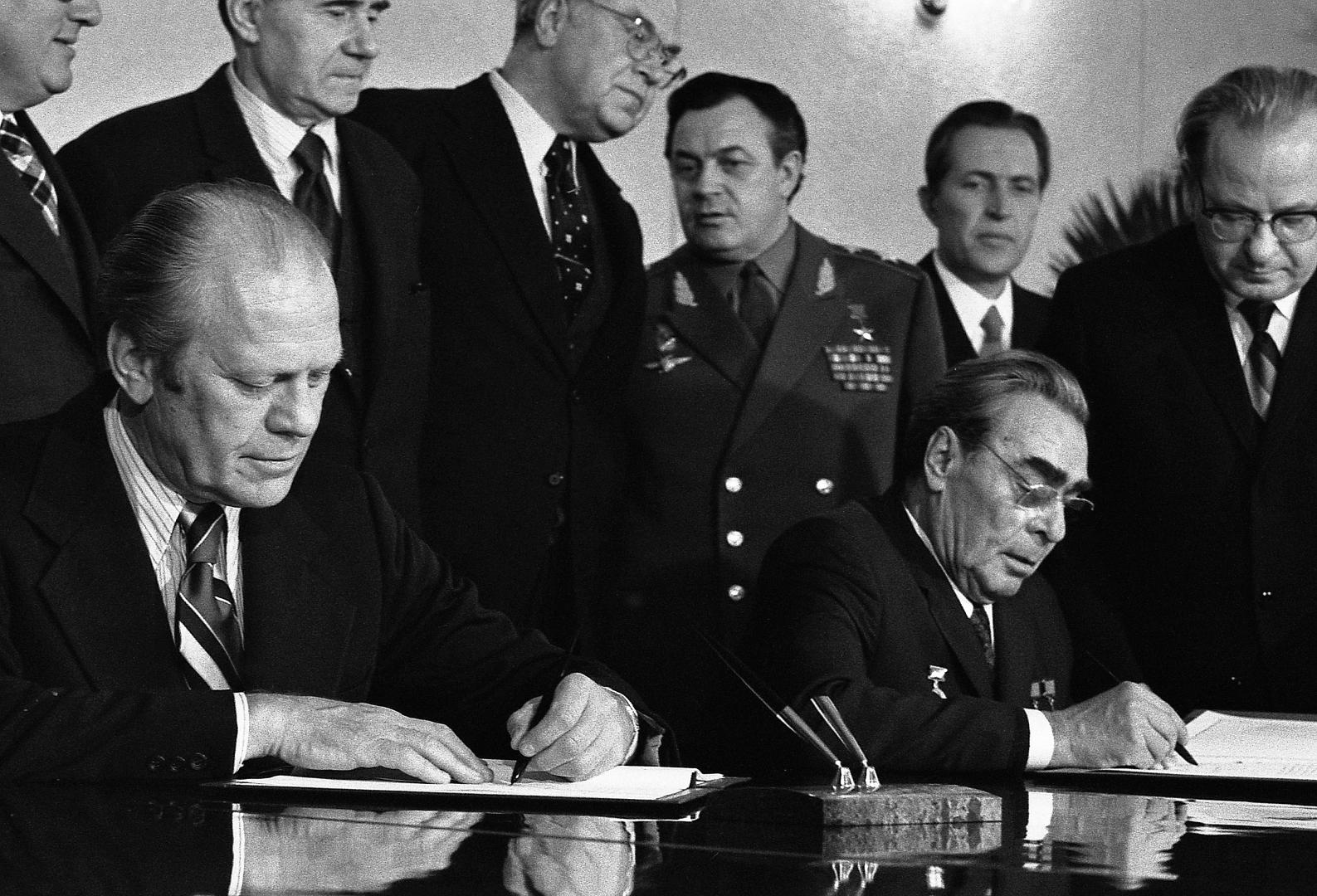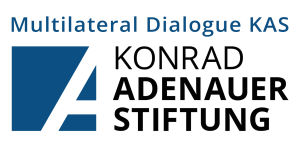The strategic arms limitation talks (SALT) that began in the late 1960s became the first agreement of the Cold War to limit the number of nuclear missiles in the arsenals of the US and USSR. In light of the talks, US President Richard Nixon and Soviet General Secretary Leonid Brezhnev signed the ABM Treaty and interim SALT I agreement on 26 May, 1972.
Why It Matters
Under the interim SALT I agreement both the Soviet Union and the US agreed for the first time to constrain part of their strategic offensive systems. This was an important step, as the USSR previously insisted on limiting only ABM defence systems. Both parties agreed not to construct new intercontinental ballistic missiles (ICBM) silos and capped the number of submarine-launched ballistic missile (SLBM) forces. Not included, however, were strategic bombers and the agreement did not address warhead numbers.
The Strategic Arms Limitation Talks resulted in the first in a series of bilateral talks, agreements and treaties on nuclear arms control. Negotiations for a second round of SALT began soon after and in 1979, in Vienna, Brezhnev and US President Jimmy Carter signed SALT II Following the Soviet invasion of Afghanistan in 1979 it went unratified by the US.
Further materials:
https://www.britannica.com/event/Strategic-Arms-Limitation-Talks
https://www.nti.org/wp-content/uploads/2021/09/salt_1.pdf





